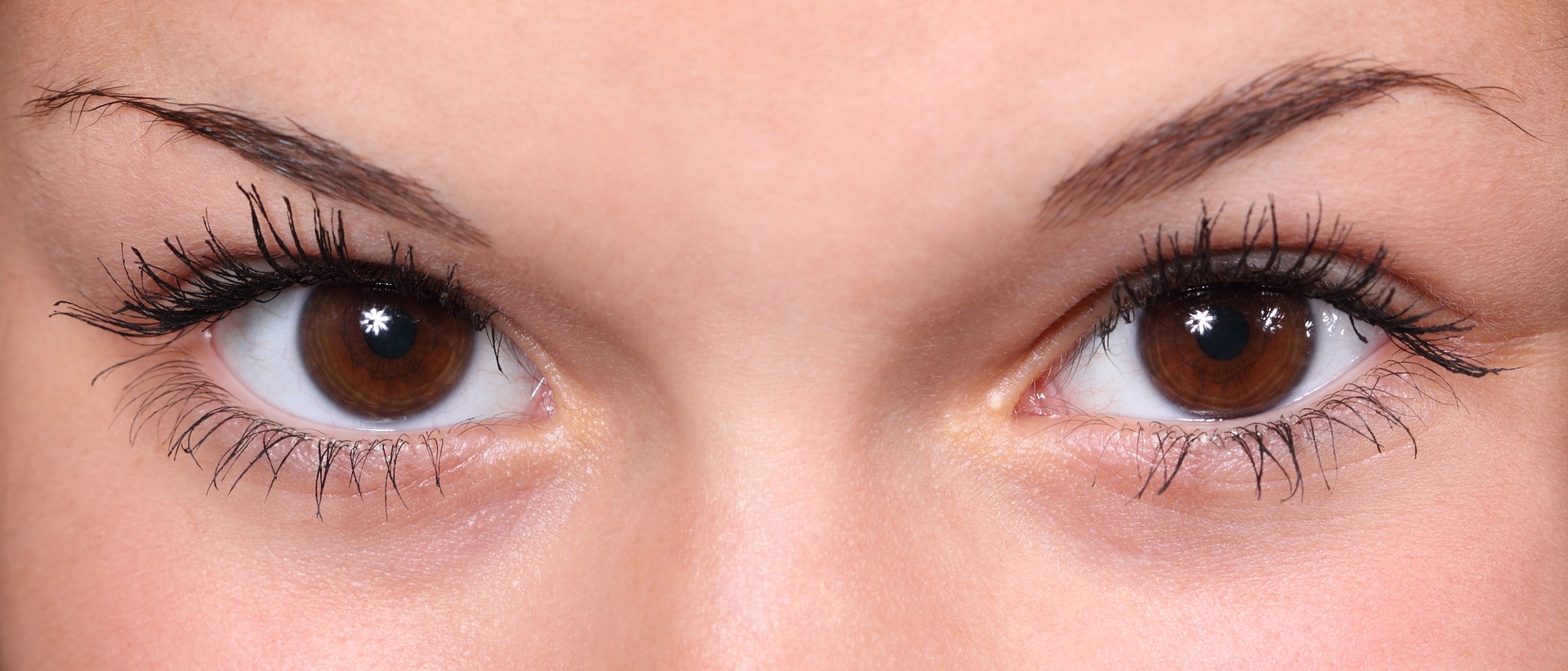National Nutrition Week’s focus this year is on the number of serves of vegetables Australians should be consuming each day.
Most of us know that the recommended intake is 5 serves of vegetables (fresh, frozen or canned) per day, but the average person only consumes half of this amount.
In fact, the Australian Bureau of Statistics reports that just 7% of Australians actually meet the Australian Dietary Guidelines for vegetable servings.
Of course, we know that consuming vegetables as part of a broader diet is important for our overall health. More specifically though, when it comes to the eyes, a balanced diet that includes 5 serves of vegetables may help to reduce the risk of:
- Age-related macular degeneration – include green leafy vegetables (e.g. spinach, kale, collard greens, brussel sprouts, cabbage, broccoli), peas, corn, yellow capsicum, sweet potatoes, carrots, pumpkins, legumes (e.g. black-eyed peas, lima beans, kidney beans)
- Glaucoma – include leafy greens (e.g. spinach, kale, collard greens, brussel sprouts, cabbage, broccoli), celery, radishes, green beans, beets, carrots
- Cataracts – include leafy greens (e.g. spinach, kale, collard greens, brussel sprouts, cabbage, broccoli), red and yellow capsicums, eggplant, squash, peas, corn, legumes (e.g. black-eyed peas, lima beans, kidney beans)
Cooked eggs, which themselves are beneficial for eye health, also increase the absorption of nutrients from a number of salad vegetables when eaten together (e.g. in a Caesar salad or nicoise salad).
So What Counts As A Serve?
A single vegetable serve is 75 grams, which is equivalent to:
- 1/2 cup cooked green or orange vegetables (e.g. broccoli, spinach, carrots, pumpkin)
- 1/2 cup cooked dried or canned beans, peas or lentils
- 1 cup leafy or raw salad vegetables
- 1/2 cup sweet corn
- 1/2 medium potato or sweet potato
And don’t forget that it’s not only vegetables that contribute to general eye health – make sure to include oily fish (e.g. salmon, herring, sardines, tuna), colourful fruits (e.g. blueberries, strawberries and raspberries) and nuts and seeds (e.g. almonds, sunflower seeds, pecans, walnuts) in your diet.
Bon appetit!
Recipes for good eye health can be found here.
You can find much more information on living a holistic lifestyle in these free magazines and on our YouTube channel.
Dr Raj Pathmaraj






